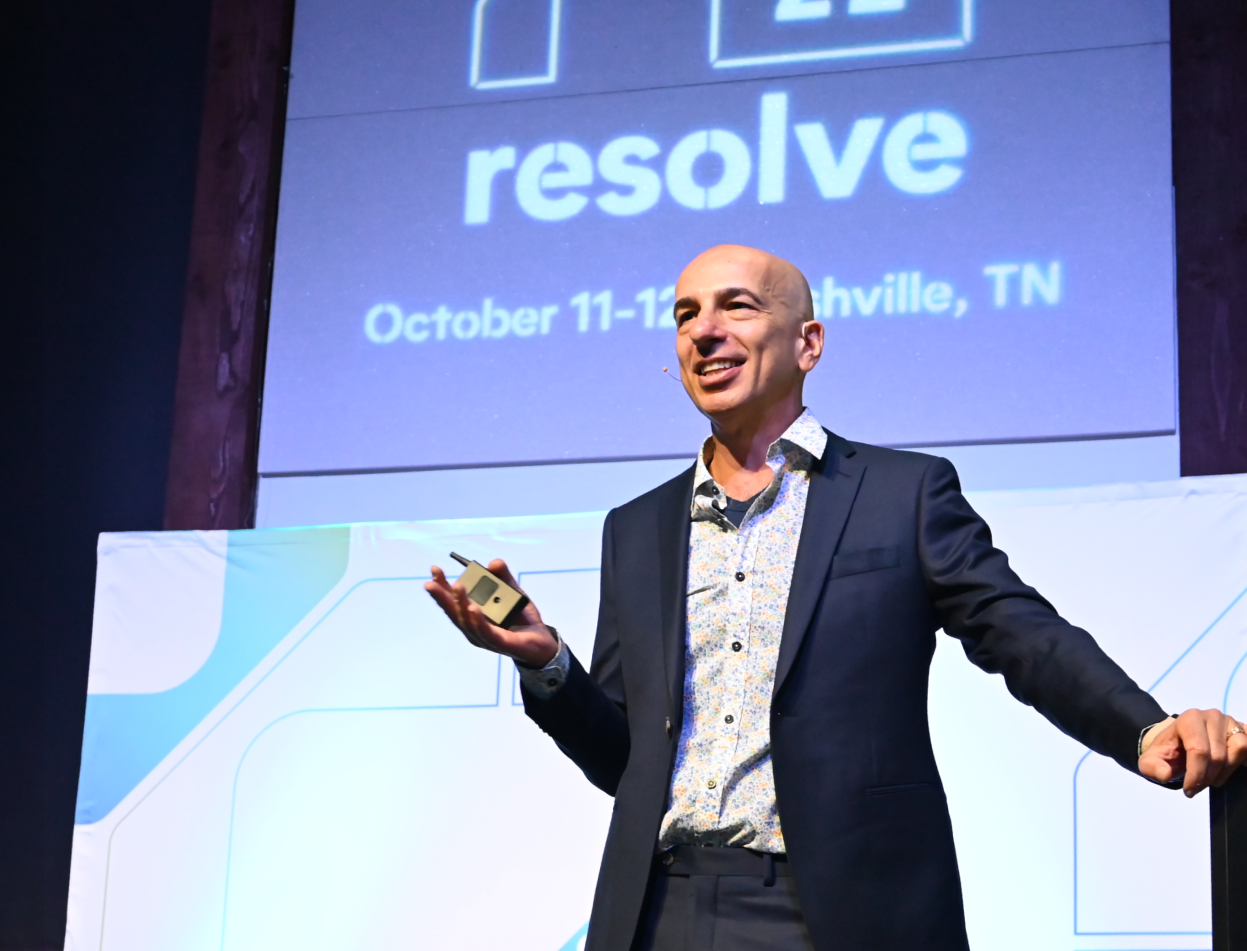Costs Are Rising, But Contact Centers Can Stay Calm
Inflation is applying pressure to nearly every business regardless of size, industry, or location.
It’s affecting fuel prices, food costs, and nearly every step of the supply chain. For contact centers, it’s leading to lower application rates and contributing to higher turnover among agents as the labor pool seeks higher paying work.
Customers, on the other hand, are expecting their dollar to go further.
As a result, brands are doing everything they can to keep agents in seats. Recently, Southwest announced pay raises are on the way for customer service representatives.
After two years of pandemic-related challenges and unprecedented labor shortages, inflation is yet another wrench in contact centers’ plans to keep customers happy and employees engaged.
It’s also another reason why Contact Center Automation has never been more needed. Contact Center Automation enables customer service departments to completely automate tier 1 support requests.
Powered by conversational AI, it’s a state-of-the-art solution that provides human-to-machine interactions that customers actually want to talk to.
It can execute an unlimited number of concurrent conversations and provide stellar, consistent experiences across every channel in any language.
When paired with the below strategies, it’s a failsafe solution for contact centers to improve their workforce management and empower their agents without sacrificing customer service.
Agent Retention Is Crucial
Customer service agents have had a challenging two years. 96% feel acutely stressed at least once a week. Almost half cite ‘too many calls’ as their biggest challenge. They’re being asked to manage 7.2 more calls per day.
Thousands of agents have been a part of the ongoing Great Resignation – which has seen millions leave unengaging jobs after the pandemic led them to reevaluate what meaningful work is.
Throw in inflation, and the risk of agents leaving to seek greater fulfillment only increases.
Unlike piecemeal contact center solutions like IVRs and agent assist, Contact Center Automation completely offloads the most repetitive, monotonous requests from agents’ plates, while providing rich AI-driven tools that make agents better at their jobs.
Contact centers using automation are able to free their agents to focus on more engaging conversations that require human creativity and empathy.
Agents Must Add Skills
Automation has a cascading effect on agents. When tier 1 requests are completely automated, agents gain more time to focus on complex requests. This makes it all the more important they’re armed with the skills and resources to execute multifaceted support issues.
With less time spent on repetitive tasks and after-call work, contact centers should use automation as an opportunity to focus on professionally developing agents.
Whether that means earning certifications or taking analytics courses, contact centers who place an emphasis on development give their agents greater fulfillment. They also add more opportunities for employees to earn higher wages while providing customers with improved service no matter how complicated their requests are.
Hiring Is Even More Competitive
As staff shortages persist, contact centers are faced with the reality that their biggest demand spikes will be met with longer wait times and more stressed out agents. Automation can help. Contact Center Automation acts as a first line of defense for contact centers.
It can take every call, text, or chat with zero wait times and begin collecting issues and resolving requests at first touch. Automation is available 24/7 and can scale up or down instantly according to your demand.
With Replicant, contact centers only play for the minutes where our Thinking Machine is online. When spikes happen and agents are stretched thin, or simply unhirable, automation provides contact centers with a plan that doesn’t tie service capacity to headcount.
Customers Will Continue to Demand More
When costs rise, customers expect their dollar to stretch further. And that’s on top of recent trends indicating an increasingly cutthroat retention environment. According to Salesforce and Bain & Company, a customer is four times more likely to buy from a competitor if the problem is service related rather than price or product related.
For a brand to make up for one negative experience, it takes 12 positive customer experiences. The longtail cost? It costs 6-7 times more to attract a new customer than to retain an existing customer.
Customer experiences are the arena where brand loyalty is won or lost. A single day of long wait times, or an individual conversation with misunderstandings and a quick abandonment, are no longer an option. Contact Center Automation brings an unprecedented defense to customers’ most common issues with support, and ensures your brand is positioned to build trust – not lose it.
ROI For Every Decision
On the other side of the coin is the bottom line of your contact center. Investments get even more heavily scrutinized in an inflationary environment. Purchased solutions must be forecastable, quick to deploy, and easy to capture a return on.
More than anything, Contact Center Automation offers short and long-term ROI that can save millions of dollars while boosting customer retention rates and capitalizing on upselling/cross-selling opportunities, all while reducing hiring and training costs.
Contact Center Automation allows contact centers to think critically about their customer patterns and maximum ROI opportunities, rather than focusing on the intricacies of building a solution in-house – a process that can take months to years to accomplish, and often never is completed.
Long term, it gives organizations a whole new way to treat contact centers. They will no longer be a cost center but instead shift to centers of excellence able to gain new insights on the customer and their priorities.
Ultimately contact centers are able to illuminate gaps in other areas of their business with Contact Center Automation, resulting in a 360-degree view of the customer and operating model at large.





